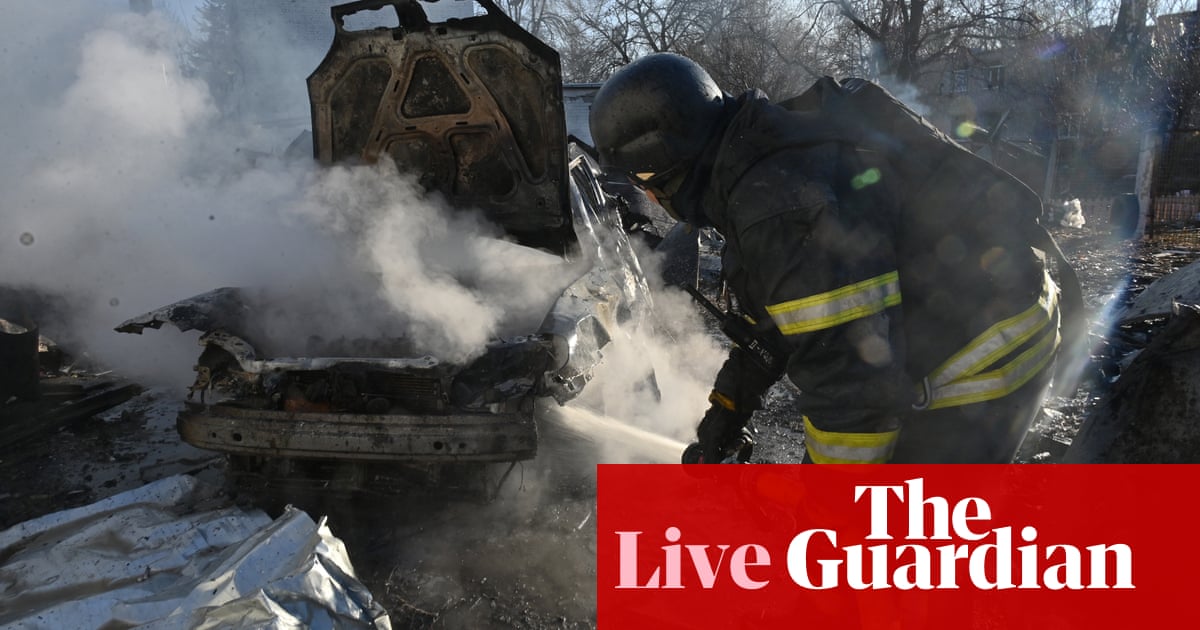Floods in Central Europe threaten new areas. Heavy rains also flood parts of Italy

WARSAW, Poland — A massive flood wave moving across Central Europe threatened new areas after claiming 24 lives, raising concerns among residents and officials and prompting European Union chief Ursula von der Leyen to plan a visit to the region Thursday.
Heavy rains also caused flooding and evacuation of some 1,000 people in the northern Italian region of Emilia-Romagna. In Central Europe, the receding waters revealed the scale of the destruction caused by exceptionally heavy rains that began a week ago.
Czech Interior Minister Vit Rakusan said one more person was reported killed on Thursday in the country’s hard-hit northeast, bringing the death toll there to five. There were also seven deaths each in Poland and Romania, and five in Austria — with the overall death toll in the affected countries now at 24.
Authorities deployed troops to help. In the northeastern Czech Republic, soldiers joined firefighters and other emergency crews to help with the recovery efforts. Army helicopters distributed humanitarian aid while soldiers were building temporary bridges in place of those swept away.
Some 400 people remained in evacuation centers in the regional capital of Ostrava, unable to return home. In the southwest, near the border with Austria, the water level of the Luznice River reached an extreme level but the evacuation of 1,000 people in the town of Veseli nad Luznici was not necessary for the moment, officials said.
Cleanup efforts were also underway in Austria, where flooding washed away roads and led to landslides and bridge damage. Firefighters and soldiers pumped water and mud out of houses and disposed of damaged furniture, broadcaster ORF quoted fire department spokesperson Klaus Stebal as saying.
The governor of Lower Austria province, Johanna Mikl-Leitner, said reconstruction was expected to take years, according to the Austria Press Agency.
The Vienna public transport company has had to pump almost a million liters (260,000 gallons) of water since last weekend.
Ten towns and areas were still inaccessible on Thursday, APA reported.
In Hungary, flood waters continued to rise Thursday as authorities closed roads and rail stations. Ferries along the Danube River halted. In the capital, Budapest, water spilled over the city’s lower quays and threatened to reach tram and metro lines. Some transport services were suspended.
Further upriver, in a region known as the Danube Bend, homes and restaurants near the riverbanks were inundated as officials and volunteers continued to place sandbags to reinforce levees.
Nearly 6,000 professionals, including members of Hungary’s water authority and military, were mobilized, Prime Minister Viktor Orbán said at a news conference Thursday. Inmates from prisons were also mobilized to help fill sandbags, Orbán said.
The Danube rose and by Thursday morning stood at 771 centimeters, approaching the 891-centimeter record set during major flooding in 2013.
In southwestern Poland, the high waters reached the city of Wroclaw and a stretched-out wave was expected to take many hours, even days to pass, exerting pressure on the embankments.
The water level on the Oder River just before Wroclaw was 6.4 meters (21 feet), some 2 meters (6.5 feet) above alarm levels but still significantly lower compared to the disastrous flooding in 1997.
In two most-affected towns — Stronie Slaskie and Ladek-Zdroj — tap water and power were restored, said Gen. Michal Kamieniecki, who was put in charge of the recovery operations there after an emotional appeal to Prime Minister Donald Tusk for help the day before by a young woman identified only as Katarzyna.
As concerns mounted, Tusk invited von der Leyen to Wroclaw to see the situation first hand. Government leaders from the Czech Republic, Slovakia and Austria were also to be part of the visit on Thursday.
In Italy, about a thousand residents were evacuated in the northern region of Emilia-Romagna after it was hit by torrential rains and severe flooding overnight, authorities said Thursday.
Rivers flooded in three of the region’s provinces — Ravenna, Bologna and Forlì-Cesena — as local mayors asked people to stay on the upper floors or leave their houses. Those areas had been already hit by devastating floods in May 2023, when more than 20 rivers overflowed, killing 17 people and causing billions of euros in damages.
Italy’s vice minister for transport and infrastructure, Galeazzo Bignami, said at a news conference Thursday that two people were reported missing in Bagnocavallo, in the Ravenna province.
At least 800 residents in Ravenna and almost 200 in Bologna province spent the night in shelters, schools and sports centers as local rivers overflowed.
Trains were suspended and schools closed while residents have been advised to avoid travel and work from home where possible.
___
Associated Press writers Justin Spike in Budapest, Hungary, Karel Janicek in Prague and Giada Zampano in Rome contributed to this report.
Related
Zelenskyy reiterates call for air truce after huge Russian attack…
We need Russia to stop attacks, Zelenskyy says, backing calls for truce in air, at seaUkrainian president Volodymyr Zelenskyy has responded to overnight attacks
Europe scrambles to rearm as Trump threatens security guarantees and…
CNN — European leaders have vowed to rearm the continent at historic emergency talks h
Russia launches ‘massive’ attack on Ukraine after Europe rushes to…
Ukraine's energy and gas infrastructure came "under massive missile and drone shelling" by Russia on Friday, a Ukrainian minister said."The energy and gas infra
American severance may be averted, but Europe’s leaders must fear…
With a mixture of regret, laced with incredulity, European leaders gathered in Brussels to marshal their forces for a power struggle not with Russia, but with t












